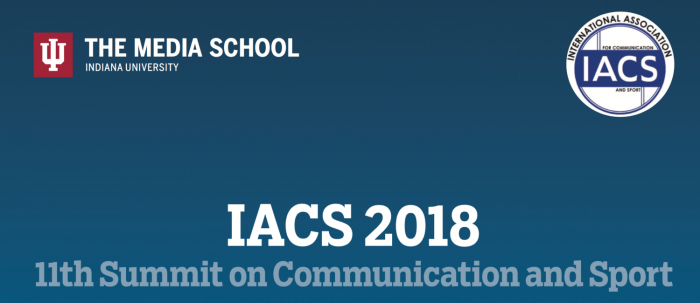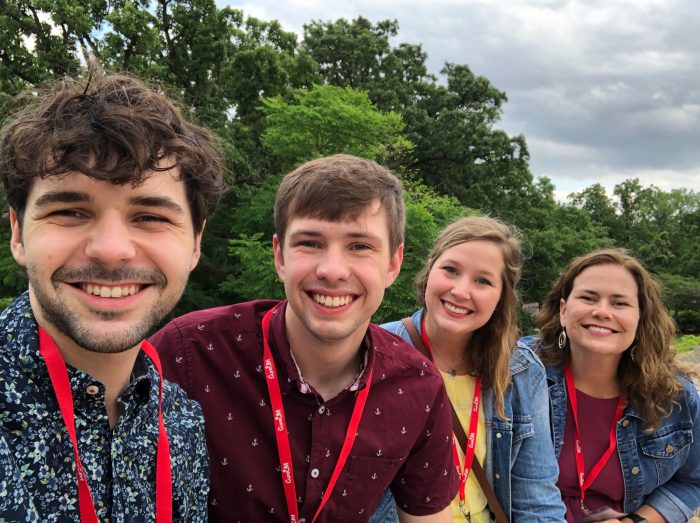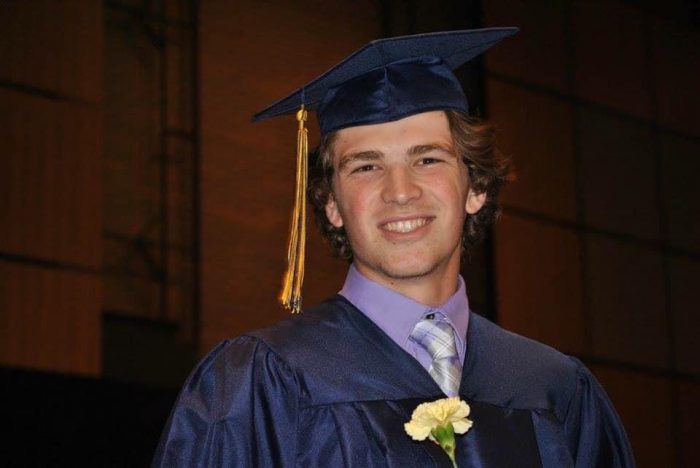
Last week, I had the pleasure of attending my favorite academic conference — the International Association of Communication and Sport’s annual summit. This year’s summit was held at The Media School at the gorgeous campus of Indiana University in Bloomington.
It’s always a wonderful conference. As The Ringer’s Bryan Curtis put it in our interview for The Other 51, this summit is to sports media people what the Final Four is to college basketball coaches and writers, or what the Combine is to NFL people. It’s a chance to see everyone in the field, to catch up, to trade ideas and see what’s trending.
Here are five things I took away from this year’s conference.
LOCAL JOURNALISM STILL MATTERS
One of the conference’s highlights was a keynote panel with Mark Alesia and Tim Evans, the reporters from the Indianapolis Star who broke story on the decades of sexual abuse of girls by coaches in the USA Gymnastics program, including and eventually the Larry Nassar story. Without their work, they said, Nassar would probably still be coaching at Michigan State. Nassar wasn’t named in the first story, but that piece brought a tip that led them to Nassar. And all of these stories only came through dogged, tireless, old-school reporting. “USA Gymnastics fought us every step of the way,” Alesia said.
ESPORTS ARE COMING
The keynote panel, featuring Curtis, Kevin Blackistone of ESPN (and many other places), Erin Harvego of the Big Ten Network and my host Dr. Galen Clavio of Indiana, was dominated by discussions of eSports (competitive video games), Harvego noted that they are among the fast growing sports at the collegiate level, and that while many may not consider them sports in the traditional sense, they are popular and they are going to be a huge part of the sports world in the future. Clavio noted that eSports is a blank slate, which is something we haven’t seen in sports in nearly 100 years. The big-picture idea — we ignore eSports at our peril.
EMOTION MATTERS IN STORYTELLING
One question was posed to Alesia and Evans — why did it take so long for the national media (both sports and news) to catch up to their story. Why wasn’t it until Nassar’s sentencing hearing, when woman after woman after woman bravely spoke about what he had done to them, that we started paying attention. Alesia and Evans had a theory about that. It was the emotion. They had spent so much of their work and their reporting nailing down the details of the story – what happened, when it happened, who it happened to, who had covered it up, etc. At the sentencing hearing, these women finally got to publicly share how these crimes had affected them emotionally, how it had affected their lives. It was a powerful example of how even in this age of data and information, emotion matters.
ESPN AND NETWORKS STILL DOMINATE
The keynote panel, which was titled “Sports 2020,” also dealt with ESPN’s evolving role in the sports media landscape. As Blackistone said, ESPN has traditionally been a television company, but with the recent unveiling of ESPN+ and the revamped mobile app, ESPN can now be thought of as a screen company. But despite the fragmentation of the audience and the growth of mobile technology, Curtis noted that sports still exist in a network model. ESPN has Monday Night Football, ESPN+ has Ivy League sports. “The big events are still on networks,” Curtis said.
HIGH SCHOOL SPORTS COVERAGE RESEARCH
The centerpiece of IACS, like any academic conference, is the wonderful research presented by scholars throughout the weekend. This year’s summit was no exception. One piece that stood out to me was a paper presented by Jeremy Shermak of the University of Texas about how high school sports reporters use social media as part of their jobs. In a survey of high school sports reporters, Shermak found that they use Twitter and Facebook in ways that are consistent with how reporters who cover high-level college and pro sports use those platforms. One interesting question going forward out of this is how do we classify recruiting coverage. Is it high-school sports, because that’s where they play? Or is it college, because it revolves around where they are going?
Dr. Brian Moritz, also known as the Sports Media Guy, is an assistant professor at SUNY-Oswego. For more of Brian’s work, check out his website at https://www.sportsmediaguy.com/


